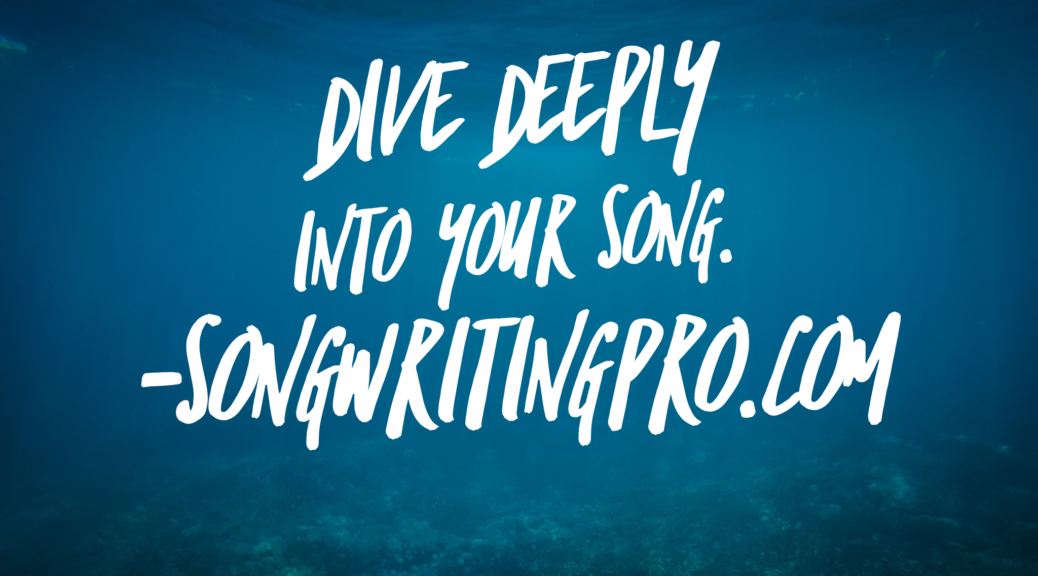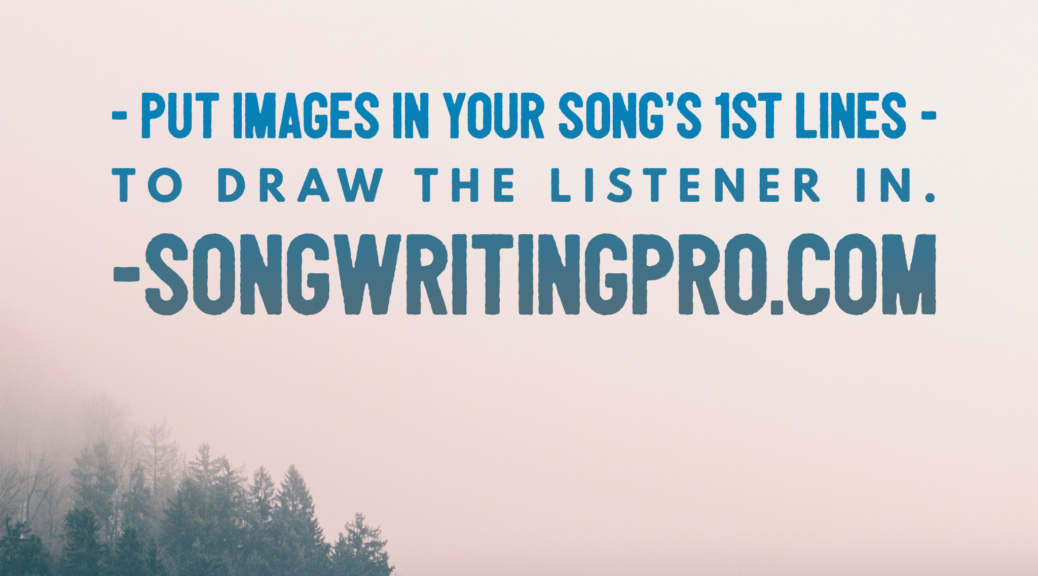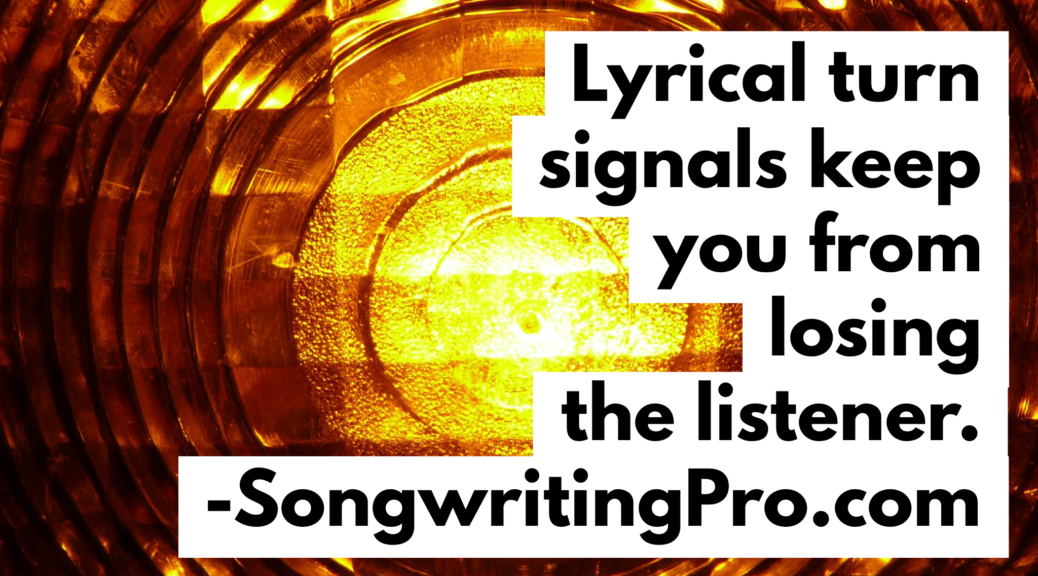I hate to tell you this, but YOU are probably never going to write a hit. But the good news is… the characters in your songs just might.
I recently spent a weekend at the Martha’s Vineyard Songwriting Festival teaching a songwriting workshop with multi-hit songwriter, Jimmy Yeary. And, boy, I can’t wait to share some life-changing songwriting advice with you!
Read on.
________________________________
To BE a pro, you need to THINK like a pro, and this FREE ebook will help transform your thinking, your songwriting, and your success. Get it today!
_________________________________
I re-learned something this weekend.
One thing I love about teaching songwriting is that it’s a great way for me to continue learning the art, craft and business of songwriting. Preparing a workshop lesson forces me to thoughtfully consider a topic and put it into a framework that songwriters can actually use- a way of writing that you can apply to your own work. This helps me to remember these lessons and apply them to my own writing. Not a bad trade off.
I also learn from the professional songwriters around me. That’s what happened at the Martha’s Vineyard Songwriting Festival with Jimmy Yeary. Jimmy has written hits for Lee Brice (“I Drive Your Truck”), Kenny Chesney (“Till It’s Gone”), Jake Owen (“Anywhere With You”), Rascal Flatts, (“Why Wait”) and more. So, yeah. He’s legit. He’s also a great songwriting teacher.
Jimmy was my co-teacher for the weekend, and he kept hammering some important songwriting truths that I know, that I’ve used, but sometimes don’t teach enough. And, honestly, I don’t always use them enough in my songs, either. But it’s on my brain right now, and I’m fired up about it. So let’s dive into some of those lessons today.
Dive deeply into your song.

It’s not enough to just “throw lyrics at an idea.” It’s not enough to stand at a distance, consider a song idea, then start trying to rhyme it into a story. No, that’s not enough. Not if you want to write incredible, moving songs.
You need to really dive deeply into your song. Dive into the idea. Dive into the story. Is it a story about heartbreak? Go back into your memory and relive a heartbreaking experience you’ve had. Is your song about a first kiss? Then don’t just write about a first kiss. Take some time to go back to YOUR first kiss in your mind. See it again. Feel it again. Feel the emotions. Then paint the picture.
It can be tempting to stop at the surface. It can be scary to be vulnerable in your song, to tell the honest truth to your listeners, to your cowriters, and even to yourself. But don’t stop at the surface. Your best writing is waiting way down deep.
Become the character in your song.

If your song is a memory or part memory, really try and go back to that time and place in your mind and heart. Feel those emotions again.
But what if your song isn’t a true experience? What if you haven’t lived it?
You have to become the character in the song. You have to imagine what it would feel like- REALLY feel like- to be that person in that situation.
I did not live the story of my top-5 Alan Jackson hit, “Monday Morning Church.” But I kind of did live it for a little while. I imagined being the character in the story. I imagined what my house would look like if I lost my spouse, and I saw a Bible on the dresser. I imagined how I would feel, and I pictured myself lying in bed and yelling at God.
Jimmy Yeary, Connie Harrington and Jessi Alexander didn’t live the story in their ACM and CMA Song of the Year “I Drive Your Truck.” It was someone else’s story. But they became the guy who lost his brother in Afghanistan and drove his truck as a way of coping with the loss. They pictured the 89 cents in the ashtray. They pictured themselves tearing up that field. They brought themselves to real emotion, even though they hadn’t really lived it.
Being clever is fun, but it isn’t enough. You have to bring “heart” and not just “head.”
Playing with words isn’t going to get you where you want to go. You must really feel it. So I want to challenge you to dive deeply into your next song. Don’t float on the surface. Dive down deep. Feel it. Become the character. Then write what you see. Write what you feel. Be honest. That emotion and that truth will make your song much more real and powerful.
Remember, YOU might never write a hit song, but just maybe the characters in your songs will. So be that character.
What about you? Do you have the habit of diving deeply into your songs, or do you tend to stay near the surface? Have you done both, and can you tell a difference between the two? I’d love to hear from you, so please leave a comment!
God Bless and Enjoy the Journey,
Brent
________________________________
To BE a pro, you need to THINK like a pro, and this FREE ebook will help transform your thinking, your songwriting, and your success. Get it today!
_________________________________
Brent Baxter is a hit songwriter with cuts by Alan Jackson, Randy Travis, Lady Antebellum, Joe Nichols, Gord Bamford, Ruthie Collins, Ray Stevens and more. He’s written a top 5 hit in the US, a #1 in Canada, and a top 10 in Texas. His songs appear on 5 industry-certified gold & platinum albums & singles… so far. He also hosts a top-rated songwriting and music business podcast called, “The C.L.I.M.B.” which can be found on iTunes or your favorite podcast app.




















